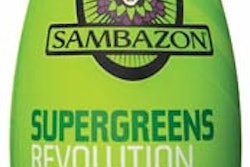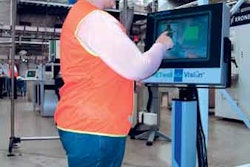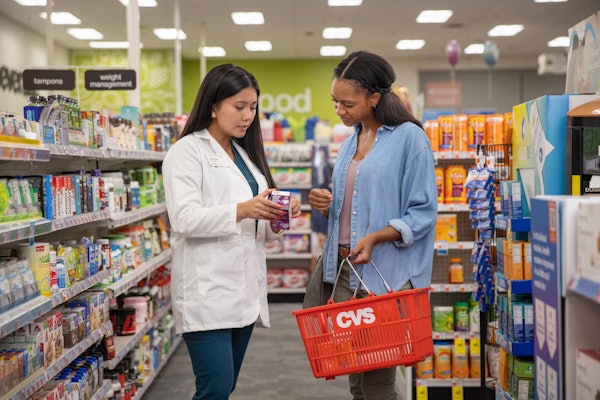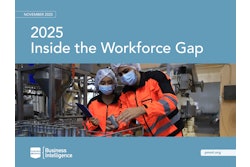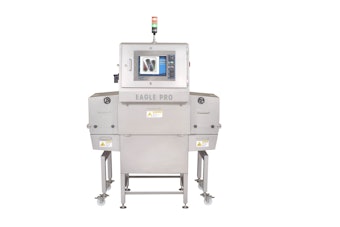Because it’s aimed at producing a shelf-stable beverage, an aseptic packaging system must eliminate a certain amount of bacteria from product and container. It does this by high-temperature/short-time thermal processing of the product combined with sterilization of the container to be filled, typically with hydrogen peroxide. All that remains is marrying the sterile product with the sterile container in a sterile environment. Because the amount of time during which the beverage is exposed to heat is minimized, flavor and nutrient profile are better than if the two alternative methods for shelf-stable beverages—hot-fill and retort—are used. The other advantage aseptic filling has over hot-fill PET is that it reduces container costs since it’s a cold-fill process that doesn’t require the heavy bottle needed for hot-fill.
High-acid products filled aseptically into plastic bottles, fruit juices in particular, are widespread in the U.S. But the FDA views low-acid products as inherently more difficult to pack aseptically because potentially deadly bacteria that won’t grow in high-acid products will grow in an unrefrigerated low-acid environment if either processing or packaging fails to kill enough of these potentially deadly bacteria.
Some brick-packs of low-acid products filled aseptically have passed muster with the FDA. These are less technically challenging from a consumer-safety standpoint because, unlike a plastic bottle, the material to be sterilized is a flat blank or flat rollstock at the point where sterilization occurs. Also, no cap is involved.
With a blow-molded bottle, however, flat surfaces are replaced by corners, curves, and a cap that make the technical challenge considerably more difficult. In-line aseptic systems for low-acids in plastic bottles have gotten the nod from FDA—Jasper Products in Joplin, MO, has a system from Tetra Pak (www.tetrapak.com) and Dean Food’s Morningstar Foods unit has an in-line system from Stork (www.stork.com) in its Mount Crawford, VA, plant. But in-line systems are slower than rotary. Designed as they are for modest output, it’s inherently easier with these systems to maintain sterility in the aseptic filling and capping chamber. So getting the all-important letter of non-objection (LONO) from FDA wasn’t all that difficult with an in-line system.
However, beverage marketers must maximize profits, and the numbers work better with a high-speed rotary system. Had the beverage sector resigned itself to in-line systems where low-acid products filled aseptically into plastic bottles are concerned, growth of this packaging format for this category of product would probably have been stymied. But the beverage sector hasn’t resigned itself to in-line systems. The first firm in the U.S. to receive the FDA LONO for a low-acid product bottled aseptically on a rotary system was H.P. Hood with its 81-valve Shibuya (www.shibuya-int.com) equipment. Aseptic Solutions with its Procomac system aims to be the second. Management is working diligently not only with Procomac but also with outside bodies including National Food Laboratories to receive an FDA LONO for low acids aseptically packaged in plastic bottles.
Further complicating the FDA review situation for Aseptic Solutions is that they want to fill PET bottles as well as bottles that are made of HDPE. Because PET reacts unfavorably to hydrogen peroxide, the most commonly used and FDA-sanctioned commercial sterilant, Aseptic Solutions would like to use parasetic acid. Used commonly in Europe for aseptic filling of low-acid beverages in plastic bottles, it is not sanctioned by FDA in the U.S.—yet. Aseptic Solutions hopes to change that in the next six to 12 months.
While this lengthy process unfolds, Aseptic Solutions is gaining valuable manufacturing experience by using Procomac’s Unibloc 2 aseptic filling system for products that are not in the low-acid category. All the same processes that will ultimately be used for shelf-stable low acids—sterilization of bottle with paracetic acid, sterilization of product, and filling and induction sealing in a sterile isolator chamber—are being used for these high-acid products currently in production.
See the main story that goes with this sidebar: Forging ahead with low-acid aseptics




